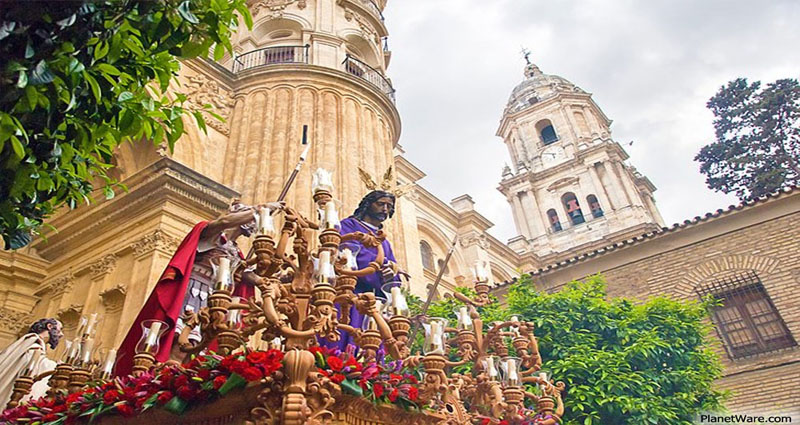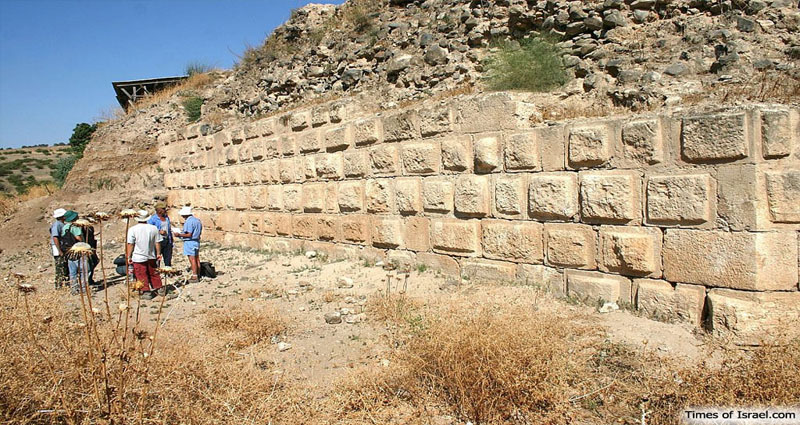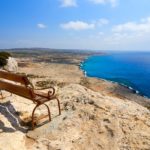Holiday Attractions in Malaga
Malaga satisfies each one of several standards of a superb traveling spot. It has gorgeous seashores and a terrific climate however the city which can be identified about one hundred kilometers (62 miles) east with the Strait of Gibraltar is greater recognized for its wealthy previous going back towards the 8th century BC. Malaga is regarded to become established by Phoenicians from Tyre, even though its name is quite comparable to the Phoenician expression for salt – Malaka. Just just like the remaining on the Iberian Peninsula, Malaga at some point turned into a part of the Roman Empire. Following the fall with the Western Roman Empire in 476, the city was temporarily beneath the Byzantine govern before it seasoned the look in the Visigoths. On the other hand, the Visigothic rule in the city was short-lasting as well. During the early 8th century, almost the comprehensive Iberian Peninsula was … Continue reading >>>>










